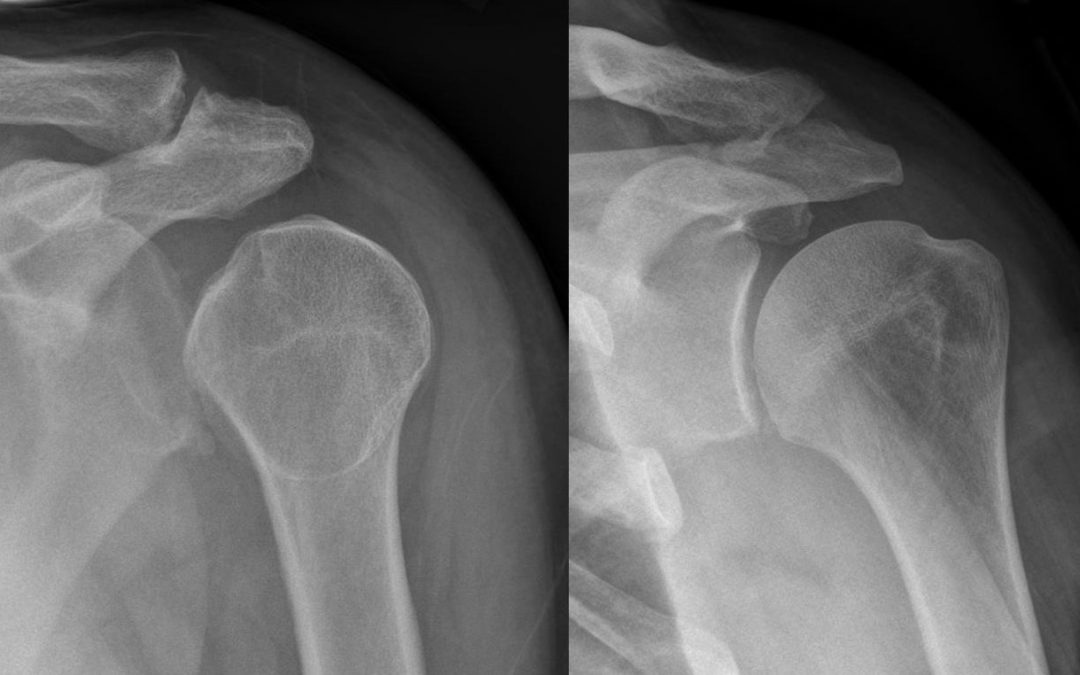Methodology: 3/5
Usefulness: 3/5
Secko MA, et al. Ann Emerg Med. 2020 Aug;76(2):119-128.
Question and Methods: Attempted to validated the use of a posterior PoCUS approach in diagnosing shoulder dislocations and assessing the adequacy of reduction in the ED in a multicentre, prospective, observational study.
Findings: PoCUS had 100% sensitivity and specificity in identifying a shoulder dislocation. For overall fractures, PoCUS had 50% sensitivity. For non-Hill-Sachs and non-Bankart lesions, PoCUS had a 92% sensitivity.
Limitations: This study lacked data on excluded patients; was performed in a small sample size; patients were only recruited when trained US fellows were on shift; and PoCUS training for fellows was not described.
Interpretation: Overall, PoCUS has strong sensitivities and specificities for dislocations but has poor sensitivities for fractures. X-Rays are still needed to rule out fractures. In the ED, PoCUS is valuable in assessing for an adequate reduction during procedural sedation.
By: Dr. Darren Wong


